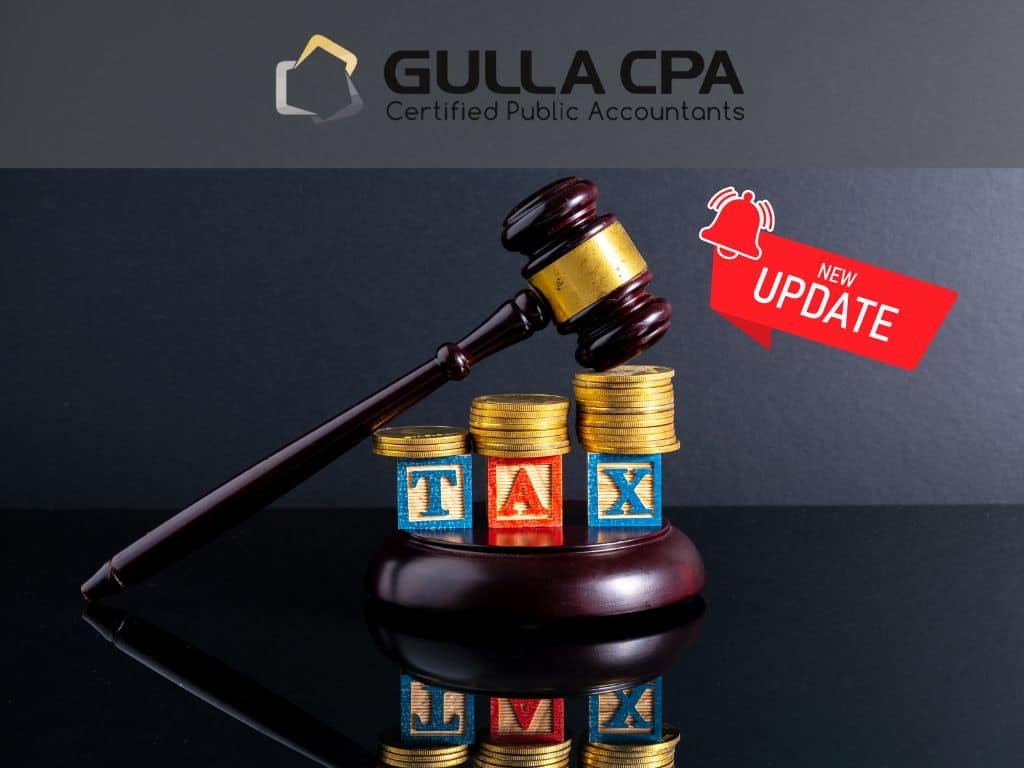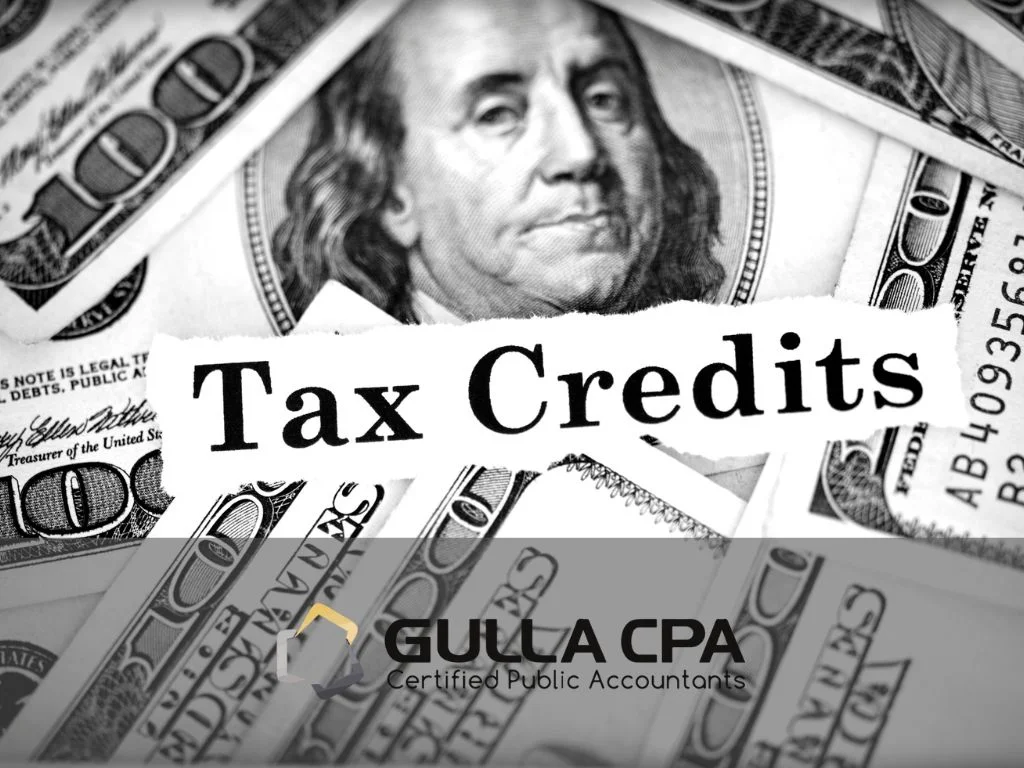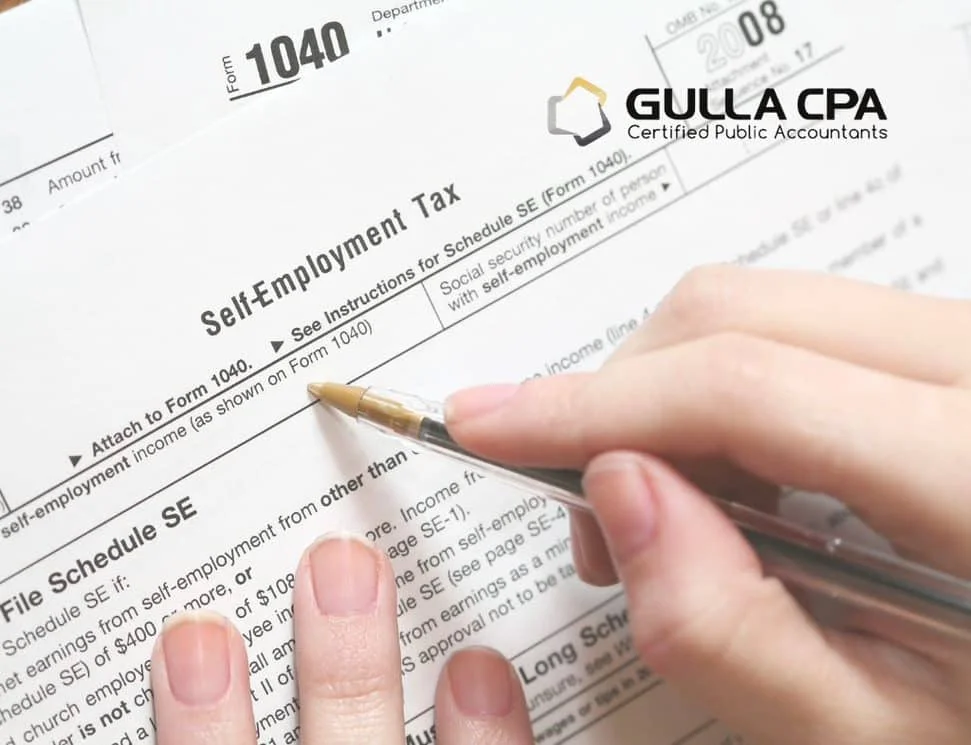As you sign the last piece of paperwork to relinquish the property you’ve been working hard to sell for months, and you feel a wave of relief wash over you. However, the feeling is short-lived, as you quickly begin to worry about the tax implications of your windfall. This is a reasonable concern, as the federal government can tax capital gains at a rate of as high as 25%.
The good news? You can postpone your taxes by taking part in a 1031 exchange.
Here’s a rundown of everything you need to know about 1031 exchanges and how they can boost your bottom line in real estate.
Let’s dig in!
What Is a Section 1031 Exchange?
1031 exchanges, which are named after IRS Code Section 1031, are investment transactions that allow for tax deferral.
Specifically, with this type of exchange, you can defer taxes by selling your existing property and using the proceeds to buy a more expensive property or a property of the same value.
On its own, this IRS loophole won’t eliminate your need to pay taxes. You’ll still end up paying capital gains tax at some point, but the longer you can defer them, the more cash you have on hand to pour into your real estate portfolio.
1031 Exchange Tax Implications
The federal government considers the profit from a real estate investment property’s sale to be capital gains. As a result, without proper planning, you will usually lose thousands of dollars to taxes come spring.
1031 exchanges, however, allow you to put off paying the taxes associated with your real estate sale until you sell your new building(s). Thus, in theory, you could keep making exchanges on more expensive, better buildings and avoid paying taxes until you sell your final property.
There are situations in which your transaction will still result in currently taxable income. Let’s say you’re selling a property that is currently mortgaged. If you purchase a property with a smaller mortgage amount, the difference will be viewed as your income in the eyes of the government. As a result, paying taxes on this amount is a must.
Nevertheless, the money you can save by taking part in a 1031 exchange is much greater than what you may have to pay in the above-mentioned taxes. For this reason, completing a 1031 exchange is a smart move for any serious investor wanting to grow their investments and keep more money in their pockets.
1031 Exchange Benefits for Those Investing in Real Estate
The chief benefit of 1031 exchanges, as discussed, is that you can improve your holdings while not currently losing money to taxes through these property swaps. With the help of these exchanges, you can upgrade your properties and, in turn, your portfolio.
Now let’s say you decide to sell your new property. You’ll have no choice but to pay your taxes on the money you generate from the sale. However, if you’re able to continue to trade up until death, your assets step up in basis on your date of death, and your deferred taxable gain will be wiped out. This makes the 1031 exchange a powerful estate planning tool.
The government also benefits from 1031 exchanges. By offering tax breaks for property swaps, they prevent a taxpayer from owning exorbitant amounts of property and turning into a monopoly. Additionally, the federal government likes 1031 exchanges because they allow investors to keep expanding their businesses, which ultimately improves the economy.
1031 Exchange Requirements
To take part in a 1031 exchange, you and your properties must meet several requirements. In addition, you must document your exchange transactions in detail. You must also report your exchanges to the government.
Property Type Requirement
Real estate must meet the following core requirements to be included in a 1031 exchange.
First, the two properties involved must be intended for business or investment. In other words, you can’t do a 1031 exchange with a primary residence. Instead, the new property you’re buying must be mostly used to generate income.
Second, the properties being swapped must be of “like-kind.” This is defined in vague terms; essentially, any real estate-type property may be traded for another. For instance, you could perform the following types of exchanges:
- Single-family rentals for condominium rentals
- Retail properties for hotels
- Shopping centers for apartment buildings
- Medical complexes for vacant land
- Industrial buildings for multifamily properties
Note that the above is plural; one or multiple properties may be traded for one or multiple properties in a single transaction.
A real estate attorney or CPA can help you to determine whether the properties you’re trying to use for your 1031 exchange are “like-kind” investment properties and what the tax implications are.
Third, the property you’re purchasing must be higher in value than the property you’re selling. That’s because 1031 exchanges are aimed at providing investors with tax breaks on costlier investments.
If your purchase isn’t worth as much as your existing investment is, you essentially depreciate and void your 1031.
Time-Related Requirements
In an ideal world, 1031 exchanges would occur at the same time. However, in the real world, it is rare for two properties to be sold simultaneously.
In most cases, investors sell their properties before they buy other ones. Fortunately, 1031 exchanges offer some wiggle room for the timing of these two transactions.
Once you sell your existing property, you have 45 days to determine which piece, or pieces, of real estate you intend to buy. You can do this in writing and give it to the person holding your sale funds for you, called a qualified intermediary (“QI”).
Generally speaking, you can identify up to three properties you would be interested in acquiring. However, you can add additional properties under one of two rules. The 200% rule requires the combined value of the properties to not exceed 200% of the relinquished property’s value. Alternatively, the 95% rule allows the purchaser to identify any number of properties and ignore the sales price, so long as he or she actually closes on 95% of the total identified value.
Along with following the 45-day property designation rule, you must follow the 180-day purchase rule. According to the latter rule, you have 180 days to buy your new property after the sale of your first property (NOT after you identify your exchange properties). If you fail to complete the second transaction within this period, your exchange will be void.
Four Types of 1031 Exchanges
When you decide to participate in a 1031 exchange, your transaction will fall under one of four categories: delayed, reverse, simultaneous, or built-to-suit.
Also known as deferred exchanges, delayed exchanges are standard property exchanges, but they are delayed so that the involved parties can account for property availability and the current property market. The majority of 1031 exchanges are delayed exchanges because the investors sell their properties before purchasing their new real estate.
A reverse exchange happens when you purchase a new piece of real estate before you sell your existing one. In this situation, the 180-day requirement still applies. That means you have to complete the sale process in 180 days; otherwise, your exchange will be deemed void.
In a simultaneous exchange, interested parties swap their assets at the same time. There are multiple forms of this type of exchange, some of which do not require a QI.
Finally, a built-to-suit transaction occurs when you use the proceeds from your sale to improve your property. You must make the updates within in 180 days. If you can do this, the tax dollars you defer may go toward your upgrade and construction work.
1031 Exchange Example
Let’s dive into an example of a property swap that you could legally make as a real estate investor.
Perhaps you purchased a set of condos for $500,000, and they are now worth valued at a million dollars. Your real estate broker then brings you a property that is currently available and is selling for $2 million.
If you want the more expensive property, you could do an exchange by selling your million-dollar property and buying the $2 million one. During this process, you would put your profits from the first property’s sale toward the second property’s purchase.
Through this transaction, you get a more valuable property, and also avoid paying tax on the $500,000+ gain on the sale of your original investment. It’s a win-win situation.
How We Can Help
A 1031 exchange is a useful tool in your real estate knowledge tool belt. However, as we’ve discussed, there are many intricacies that require careful planning, as well as a knowledgeable and experienced accountant.
At Gulla CPA, we take pride in helping individuals investing in real estate to stay organized and take advantage of all allowable credits, deductions and loopholes available to them. Get in touch with us to learn more about how we can save you money in the long term.













